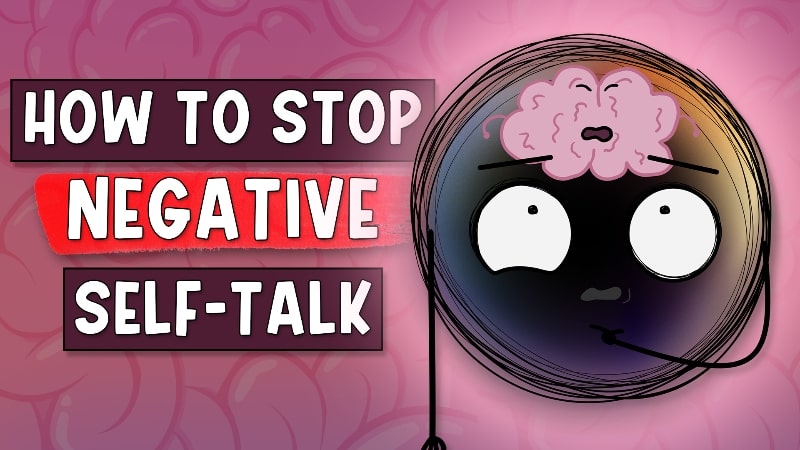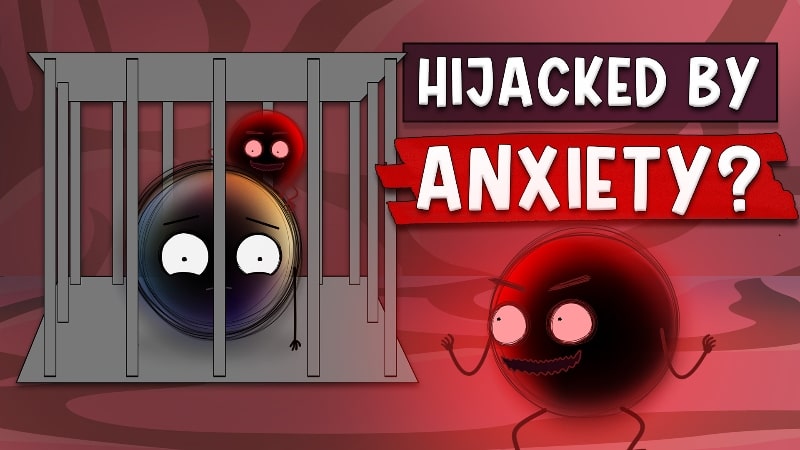Whether you’re struggling with this issue yourself, concerned about someone else, or simply want to understand the risks, this information can turn your perspective on porn upside down.
You might think that watching porn is harmless entertainment. Two clicks to an incognito browser and you’re off to the races. The average user then only spends between 10 to 11 minutes watching porn.
So, how bad can it be?
The truth is that porn addiction can have far-reaching and alarming side effects that can rewire your brain, damage your physical health, and erode your most important relationships.
We’re talking side effects that… well, let’s just say they’re not the kind of “performance issues” you want to deal with.
Think I’m exaggerating? Stick around.
Access to adult content is easier than ever, and with that comes the growing risk of developing unhealthy patterns of consumption.
In this article, we’re going to explore three alarming side effects of porn addiction that you need to know about. If you or someone you care about is struggling with the effects of porn addiction, understanding these dangers is the first step toward recovery.
This post may contain affiliate links from our partners and we may receive a commission if you purchase through these links. This helps support our channel at no additional cost to you. We appreciate your support! 🫶🏼
What Constitutes as Pornography “Addiction?”
Before we get into the side effects of porn addiction, let’s define what actually constitutes as “addiction.”
Understanding when pornography use crosses the line into addiction is crucial for recognizing when help is needed.
It’s not just watching the spicy stuff occasionally when you’re bored or horny. We’re talking 3 AM, you’ve got a major exam tomorrow, but instead of studying or sleeping, you’re 12 pages deep into PornHub.
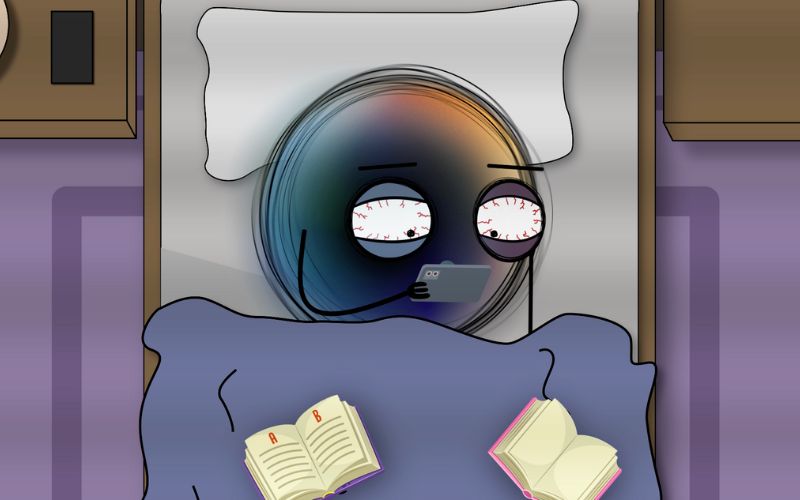
Just like other forms of addiction, porn addiction is defined by a pattern of compulsive sexual behavior that negatively impacts a person’s life.
It can be obvious like a hearty appetite for alcohol or drugs, or it can fly under the radar, like feeling a compulsive need to scroll through social media several times a day or open up that incognito browser.
It’s not about how often someone watches porn, but rather how their consumption begins to interfere with their mental, emotional, and social well-being.
Frequency vs. Compulsiveness
One of the biggest misconceptions is that the frequency of porn use alone determines addiction. While watching porn frequently can be a red flag, it’s the compulsive nature of the behavior that signals a deeper issue.
Someone struggling with porn addiction feels an overwhelming need to view it, often at the expense of other responsibilities, such as work, relationships, or personal goals. They may try to cut back but find themselves unable to, even when they recognize the negative consequences of their behavior.
Loss of Control
A hallmark of any addiction is the loss of control. In the case of pornography, this might mean spending hours watching porn, even when you had no intention of doing so, or finding yourself watching it in inappropriate or risky situations.
Those suffering from porn addiction may continue to engage in the behavior despite promising themselves or others that they would stop or limit their use. The inability to control when and how much they consume can lead to feelings of guilt, frustration, and shame.
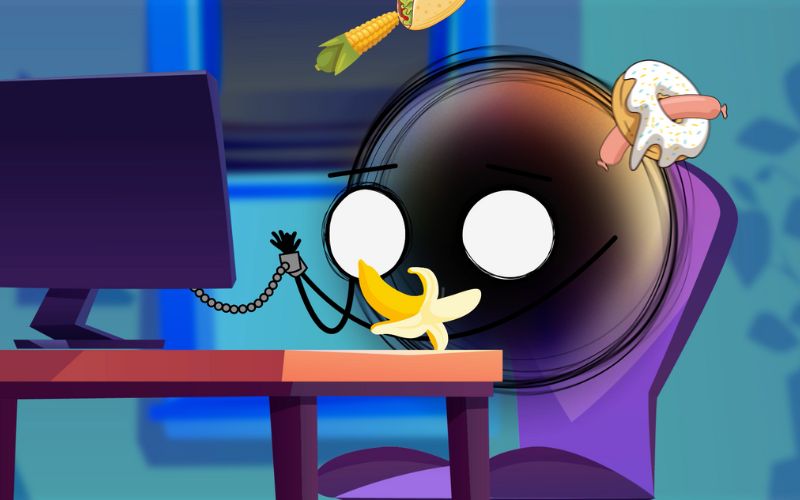
Escalation and Desensitization
Addiction to pornography often leads to escalation, meaning the person seeks out more extreme or deviant content over time. What once provided stimulation may no longer be enough, driving them to search for material that pushes boundaries.
This desensitization can have a profound impact on the brain’s reward system (dopamine), making real-life experiences, including sexual intimacy, feel dull or unsatisfying by comparison.
This escalation mirrors the cycle seen in other forms of addiction, where more and more of the substance or behavior is needed to achieve the same level of satisfaction.
Negative Impact on Daily Life
One of the clearest signs of porn addiction is when it starts to interfere with day-to-day life. This can manifest in several ways:
- Personal Relationships: Porn consumption may take priority over spending quality time with loved ones, leading to strained or damaged relationships.
- Work and Responsibilities: It may disrupt productivity, with individuals neglecting work, school, or other important duties to satisfy their cravings.
- Physical and Mental Health: Increased isolation, depression, anxiety, and even physical symptoms like fatigue or sleep deprivation are common when porn use spirals out of control.
Emotional Dependence
Many people turn to pornography as a way to cope with stress, boredom, loneliness, or negative emotions. This emotional reliance on porn as a form of escapism is another key indicator of addiction.
Instead of dealing with underlying issues or emotions, the person seeks out the temporary relief that pornography provides, further reinforcing the cycle of dependency.
When Does Porn Addiction Become a Problem?
Ultimately, porn addiction isn’t just about how much someone watches, but about the degree to which it controls their life.
If pornography is something you feel compelled to engage with despite negative consequences—whether it’s damage to your relationships, harm to your self-esteem, or interference with daily responsibilities—it’s a sign that your behavior may have crossed the line into addiction.
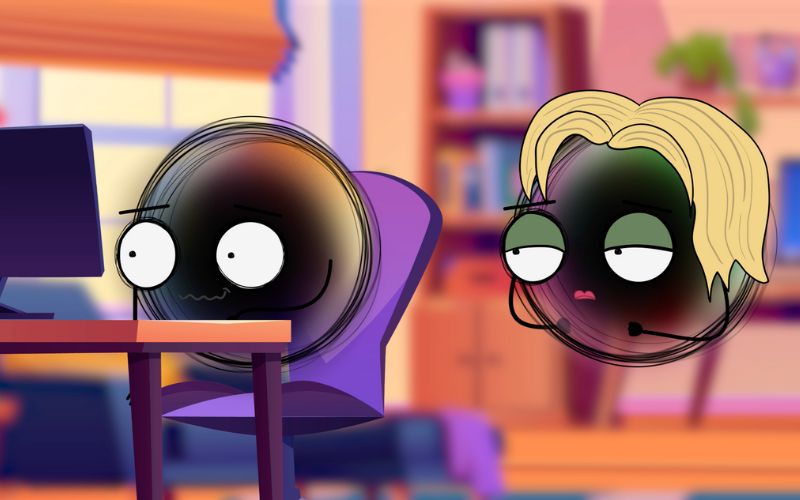
Recognizing these patterns early is essential for seeking the right help and taking steps to regain control.
3 Side Effects of Porn Addiction
1. Neurological Changes in the Brain
Porn addiction doesn’t just affect behavior—it can lead to significant changes in the brain’s structure and function.
The same neural pathways that are activated during drug use are triggered when you watch porn, causing a series of neurological shifts that can profoundly affect cognitive function, emotional regulation, and daily life.
This section explores how these changes occur and the impact they can have on a person’s mental health and well-being.
The Brain’s Reward System and Addiction
At the core of addiction lies the brain’s reward system, which is responsible for releasing dopamine—a neurotransmitter that plays a key role in feelings of pleasure and satisfaction.
When you watch porn, your brain gets flooded with a cocktail of chemicals. We’re talking dopamine, norepinephrine, oxytocin – it’s like a neurological rave in there. Sounds fun, right?
In the moment, it is – just like any other drugs or alcohol. But there’s always a reckoning.
Your brain isn’t built to handle this much stimulation on the regular. It’s like trying to run the latest Apple iOs on an old Nokia – you know, the one with the snake game?
My fellow millennials know what I’m talking about.
But unlike phone hardware, your brain is adaptable. Over time, it actually starts to change its physical structure – a nifty term called neuroplasticity.
I have another great article on this topic to get your brain off autopilot and rewire it for better habits.
What happens is that your brain builds up a tolerance – just like with drugs and alcohol. You need more of the stuff to reach the same levels of feeling good.
This reprogramming also affects your impulse control, making you weaker to resist the impulses.
All of this stimulation also starts to make you feel like a potato in real life, dulling the sensations of other external experiences, which we’ll talk about next. This phenomenon, known as desensitization, is common in addiction.
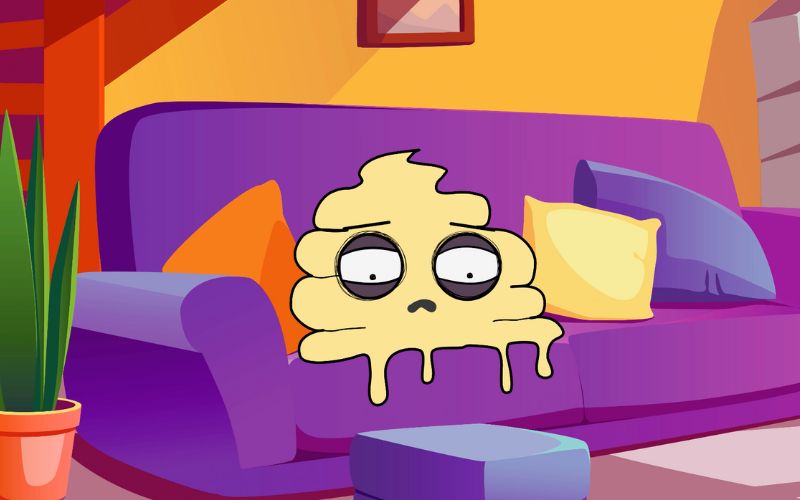
Cognitive and Emotional Impact
The neurological effects of porn addiction extend beyond the brain’s reward system. Long-term consumption can lead to cognitive impairments such as difficulty concentrating, memory issues, and problems with decision-making.
The overstimulation of the brain by constant dopamine hits disrupts normal functioning, making it harder to focus on tasks or engage in creative thinking. Many people with porn addiction report struggling to concentrate at work or school, finding their minds wandering back to sexual content instead of the task at hand.
Emotionally, the effects can be just as damaging. The brain becomes conditioned to expect artificial levels of stimulation, which can cause an emotional flatline in real-life situations.
Emotional flatlining occurs when an individual struggles to experience joy, excitement, or other strong emotions in their daily life because their brain has been overstimulated by the artificial highs of pornography.
This can lead to increased feelings of apathy, depression, or anxiety, as the person feels disconnected from their real-life emotions and relationships.
2. PIED – Porn-Induced Erectile Dysfunction
You might think that all this porn watching would make you a god, or a goddess, in the bedroom. You’ve seen some stuff, right?
Well, let me introduce you to a fun little acronym called PIED.
Porn-Induced Erectile Dysfunction (PIED) is one of the most alarming side effects of porn addiction, especially among young men. Unlike traditional erectile dysfunction, which is often caused by physiological factors such as age, cardiovascular issues, or hormonal imbalances, PIED is directly linked to excessive consumption of pornography.
This condition affects a person’s ability to achieve or maintain an erection during real-life sexual encounters, even though they may have no trouble getting aroused while watching porn.
In this section, we’ll explore what PIED is, how it develops, and the emotional and psychological toll it takes.
What is PIED?
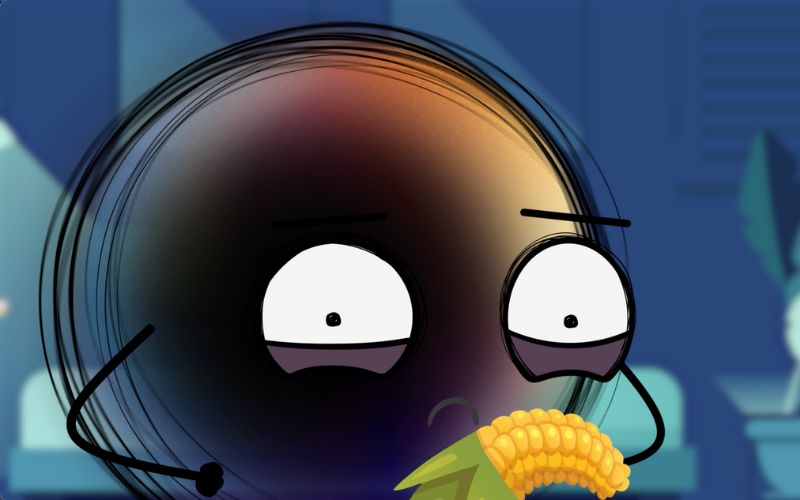
Porn-Induced Erectile Dysfunction refers to the inability to become aroused or maintain an erection during sexual activity with a partner, despite being able to perform sexually while viewing porn.
When you’ve got an all-you-can-eat buffet at your fingertips, who wants to eat a tuna sandwich?
No offense to your girlfriend (or boyfriend). I happen to like tuna sandwiches myself.
But on the internet, you’ve got your choice of any kind of visual stimulation, fetish, fantasy, you name it.
So, when you get to make that sweet, sweet love with a real live person, your brain’s like, “Error 404: Stimulation Not Found.”
Real intimacy just doesn’t hit the same when your brain’s been binging on pixel perfection.
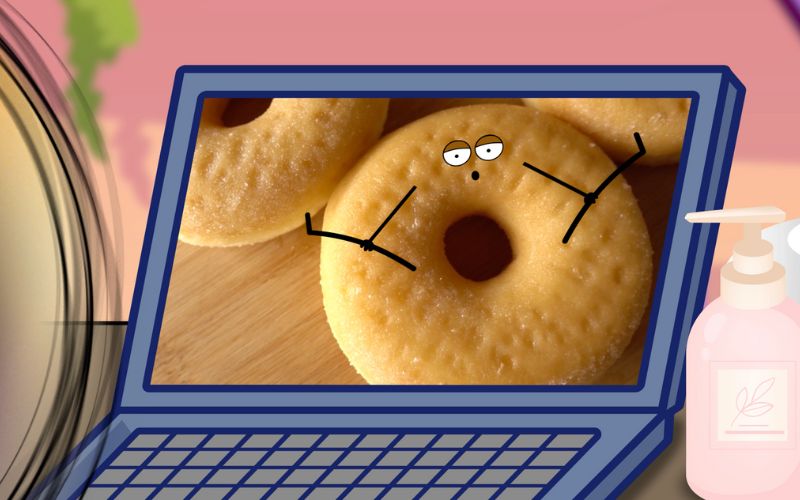
This condition is becoming increasingly common, particularly among younger men who grew up with easy access to high-speed internet pornography.
While traditional erectile dysfunction is usually tied to physical or health-related issues, PIED is purely psychological, caused by the brain’s reliance on the hyperstimulation provided by porn.
Unlike other forms of erectile dysfunction, men with PIED may have no trouble achieving an erection while watching porn. It just wrecks their intimate relationships with real people.
How Porn Consumption Leads to PIED
PIED develops because excessive porn consumption rewires the brain’s sexual arousal pathways. When watching porn, the brain is overstimulated by a rapid succession of novel, explicit content.
This constant bombardment of new and extreme images creates an unnatural surge of dopamine, which is far higher than what would occur during real-life intimacy.
Over time, the brain begins to associate sexual arousal solely with this artificial, high-intensity stimulus, and it struggles to become aroused during normal, real-world encounters.
The brain’s reward system becomes conditioned to expect more extreme and varied sexual imagery, which real-life experiences with a partner cannot replicate. The result is that many men find it difficult or impossible to become aroused in situations that don’t match the level of stimulation provided by pornography.
Unrealistic Expectations and Desensitization
Another key factor contributing to PIED is the unrealistic expectations that pornography creates about sex. Porn often portrays exaggerated, unrealistic depictions of sexual acts, body types, and performance.

Over time, these distorted representations can shape a person’s sexual preferences and expectations, making them less satisfied with the reality of sexual intimacy.
The more porn someone consumes, the more they become desensitized to normal sexual experiences. Real-life encounters, which involve emotional connection, mutual respect, and vulnerability, may feel less exciting or inadequate by comparison.
The Emotional and Psychological Toll of PIED
The effects of PIED are not just physical—they take a significant emotional and psychological toll as well. Men suffering from PIED often experience intense feelings of shame, inadequacy, and embarrassment.
They may struggle to explain why they can’t perform sexually with their partners, which can lead to misunderstandings, anxiety, and relationship tension. The pressure to perform, combined with feelings of failure, can create a vicious cycle where anxiety exacerbates erectile dysfunction, further damaging self-esteem and confidence.
For many men, admitting they have PIED can be difficult, especially given the stigma surrounding both erectile dysfunction and porn addiction.
They may feel isolated, unsure of where to turn for help, and trapped in a cycle of guilt. Some may even avoid seeking real-life intimacy altogether, fearing that they won’t be able to perform.
The good news is that recovery from PIED is possible. We’ll talk more about how to stop online porn addiction at the end of the article.
3. Relationship Dysfunction and Dating Issues
It’s probably no surprise at this point how too much porn can turn your love life into a dumpster fire, but I’ll cover the highlights for you.
Porn addiction doesn’t just affect the individual—it can wreak havoc on relationships, causing emotional distance, trust issues, and difficulties in forming meaningful connections.
Whether it’s a long-term partnership or the dating scene, the compulsive consumption of pornography can lead to unrealistic expectations, emotional disconnection, and a breakdown in communication.
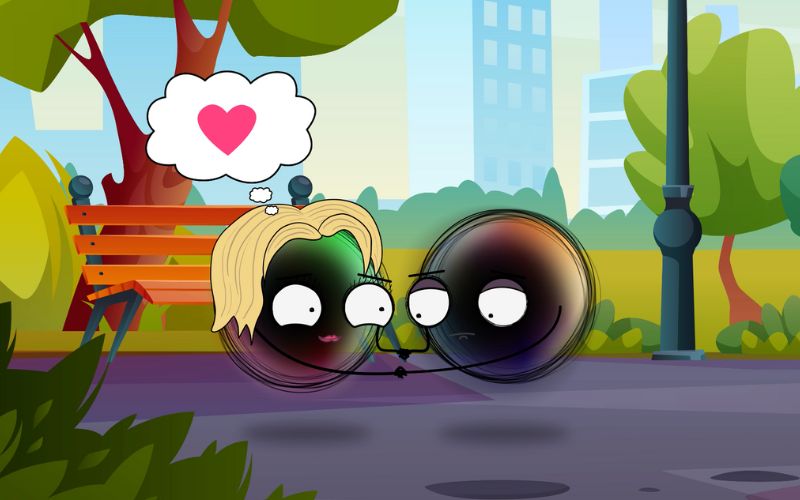
The Erosion of Intimacy
In a healthy relationship, intimacy is built on emotional connection, trust, and mutual respect. However, when one partner becomes consumed by pornography use, it often leads to a lack of interest in real-life sexual intimacy.
Porn offers a controlled, artificial form of pleasure, where there are no emotional demands or vulnerabilities. This can cause someone addicted to porn to pull away from their partner, leaving the relationship feeling cold and disconnected.
As the addicted individual spends more time engaging with porn and less time nurturing their real-life relationship, their partner may feel neglected, rejected, or inadequate. They may start to question whether they’re enough or if their partner finds them attractive.
This emotional distance can lead to frustration and resentment, as the non-addicted partner struggles to understand why their relationship is deteriorating. Over time, this creates a widening gap between the couple, weakening the foundation of trust and intimacy.
Trust and Communication Breakdowns
Trust is the cornerstone of any successful relationship, but porn addiction often leads to secrecy, dishonesty, and guilt, which can shatter that trust.
Many people struggling with porn addiction feel shame about their behavior, leading them to hide their habits from their partner. They might lie about how much time they spend watching porn or downplay the severity of their addiction. As a result, their partner may feel betrayed if they discover the truth, and this can severely damage the relationship’s sense of security.
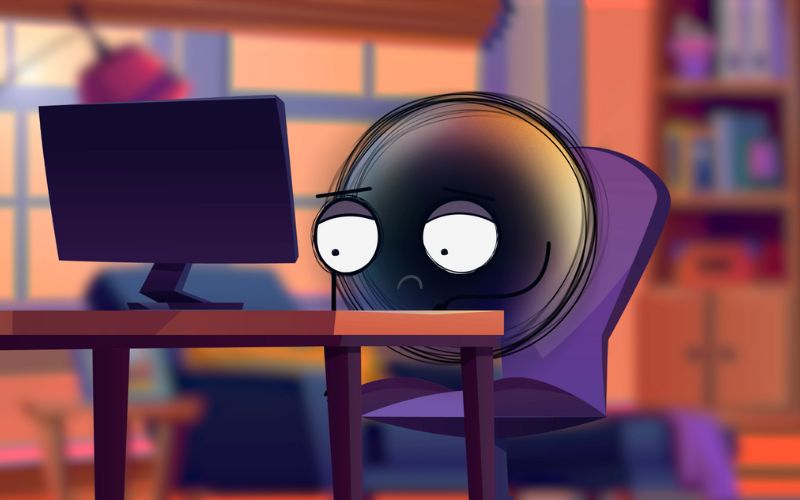
The secrecy surrounding porn addiction can also lead to communication breakdowns. Partners may struggle to talk openly about the issue, with the addicted individual feeling too ashamed or embarrassed to discuss it and the non-addicted partner unsure of how to bring it up without causing conflict.
This lack of open communication prevents the couple from addressing the problem together, which is crucial for healing. Without honest discussions, misunderstandings and emotional distance only continue to grow, exacerbating the damage to the relationship.
Impact on Dating and Forming New Relationships
For individuals who are single, porn addiction can pose significant challenges in the dating world. Frequent porn use can distort expectations about partners, sex, intimacy, and relationships, making it harder to form genuine connections with potential partners.
As a result, someone addicted to porn may find themselves feeling dissatisfied or uninterested in real-life dating. This creates a vicious cycle, where the individual retreats further into porn rather than pursuing meaningful relationships.

Over time, they may struggle to engage in authentic romantic or sexual experiences, which can lead to feelings of isolation, loneliness, and frustration.
The pressure to perform in a real-life sexual situation, combined with the effects of PIED or unrealistic expectations, may cause them to avoid dating altogether.
How to Stop Porn Addiction
Thanks to neuroplasticity, that nifty ability of our brain to rewire itself— with time, effort, and the right support, anyone can regain normal sexual function.
The first step toward recovery from porn addiction is, of course, reducing or eliminating porn consumption. This allows the brain to reset, breaking the cycle of overstimulation and giving it time to readjust to real-life sexual stimuli.
Many people find success through a process called “dopamine detox,” where they abstain from porn and other sources of artificial dopamine spikes (like social media or video games) to allow their brain to recover.
Gradually, they can rebuild their capacity to experience pleasure and arousal from natural, real-life interactions.
Therapy, particularly cognitive-behavioral therapy (CBT), can also be incredibly beneficial. Working with a therapist can help address the psychological aspects of addiction, learn coping strategies for cravings, and rebuild self-confidence.
In cases where relationships have been affected, couples counseling can help partners navigate the healing process together, rebuilding trust and intimacy.
Healing Relationships Affected by Porn Addiction
With effort and commitment, it’s also possible to rebuild relationships that have been damaged by porn addiction.
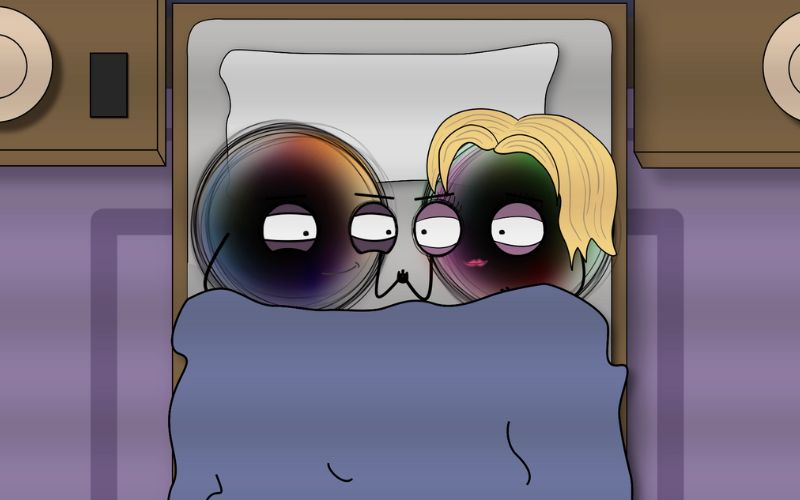
The first step is open and honest communication. Work on talking openly about the issue without judgment or blame.
The addicted individual should take responsibility for their behavior and be willing to discuss the impact it has had on the relationship. Likewise, the non-addicted partner needs to express their feelings of hurt or betrayal in a way that encourages healing rather than confrontation.
As I mentioned before, counseling can also help. Individual counseling can help the addicted partner understand the root causes of their behavior and develop strategies for overcoming it. Couples counseling, on the other hand, allows both partners to work through their emotions and rebuild trust.
Therapy provides a safe space for both parties to express their feelings, learn new communication skills, and work toward a healthier, more intimate relationship.
Regardless of which way you build, remember that rebuilding intimacy will take time and patience. The addicted individual needs to gradually re-establish a connection with their partner, focusing on emotional closeness rather than just physical intimacy.
Helpful Resources for Pornography Addiction
Overcoming porn addiction is challenging, but plenty of resources are available to help. Here are some trusted options:
- Reboot Nation: An online community offering forums, support, and educational materials on recovering from porn addiction and PIED.
- Fight the New Drug: A nonprofit offering research-based information on the harmful effects of pornography and recovery resources.
- Porn-Free Radio: A podcast providing motivational advice and strategies for overcoming porn addiction.
- NoFap: A large support network that provides tools, accountability partners, and challenges to help individuals quit porn.
- Psychology Today’s Therapist Directory: Find professional therapists who specialize in porn addiction recovery.
- Your Brain on Porn: Science-based insights into how porn affects the brain and practical tips for reversing its negative impact.
- SMART Recovery: Free online and in-person support groups focused on self-management and recovery from all types of addiction, including porn.
These resources offer support, education, and guidance for anyone ready to start their recovery journey.
Conclusion
Erectile dysfunction, shame, guilt, disappointment, inadequacy… Talk about a mood killer. It’s no wonder porn addiction has far-reaching side effects that can make it difficult to connect intimately on a physical or emotional level.
It’s a serious issue that deserves attention and, if necessary, professional help.
With the right resources, support, and commitment, it’s possible to overcome addiction, rebuild intimacy, and lead a healthier, more fulfilling life. Remember, recovery is a journey, and seeking help is a sign of strength, not weakness.
A healthy sex life is about connection, not just sensation.
Real sex isn’t polished and perfect. It involves some awkward moments, some funny noises you didn’t mean to make, and a little more work but it’s real–A real dose of feel-good chemicals, not the artificial stuff.
And who knows? You might just rediscover how awesome that tuna sandwich really is.
